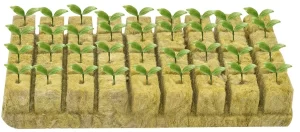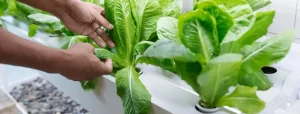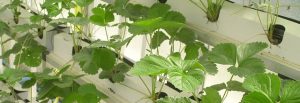Reliable Stackable Hydroponic Containers 2023
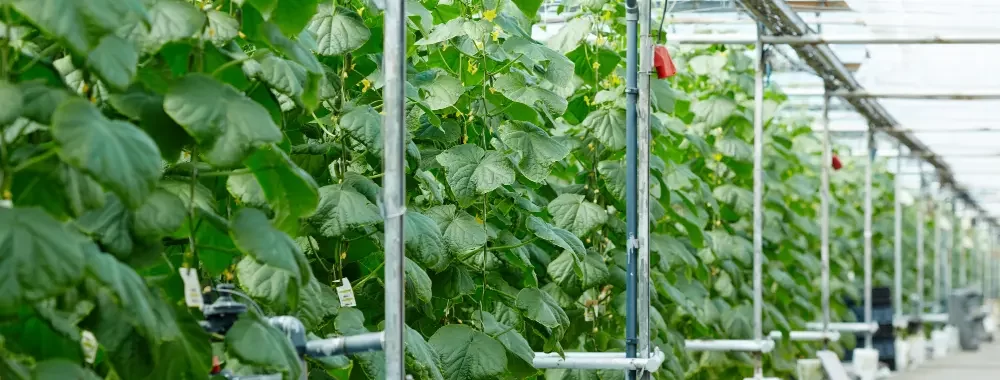
Table of Content
Have you ever wanted to grow your own plants but don’t have access to outdoor space or a garden? Or maybe you’re looking for an efficient and sustainable way to grow your own fresh produce at home? Whatever your situation, stackable hydroponic containers might be the solution you’re looking for.
Stackable hydroponic containers are a type of gardening system that allows you to grow plants without soil, using nutrient-rich water instead. These containers are designed to be stacked on top of one another, making them ideal for small spaces like apartments or balconies. With stackable hydroponic containers, you can grow a variety of plants all year round, including herbs, vegetables, and fruits.
In this blog post, we’ll explore the benefits of using stackable hydroponic containers for small-space gardening. We’ll also provide you with step-by-step instructions on how to use them, along with tips for achieving success with your hydroponic garden. So, whether you’re an experienced gardener or just starting out, read on to learn more about this innovative gardening system.
The Benefits of Stackable Hydroponics Containers
There are many benefits to using stackable hydroponic containers for small-space gardening. Here are some of the key benefits:
- Space-saving: Since stackable hydroponic containers are designed to be stacked on top of one another, they can save a lot of space. This is particularly useful for people who live in apartments or have limited outdoor space.
- Water-saving: Hydroponic systems use less water than traditional soil-based gardening since the water is recirculated throughout the system. Stackable hydroponic containers take this a step further by allowing you to stack the containers on top of one another. Any water that drains from the top container can be used to water the plants in the lower containers, which means less water waste.
- Higher yields: Since hydroponic systems provide plants with all of the nutrients they need, they often produce higher yields than traditional soil-based gardening. Stackable hydroponic containers are no exception and can produce a large number of plants in a small space.
- Easy to maintain: Hydroponic systems require less maintenance than traditional gardening since there is no soil to till or weed. Stackable hydroponic containers are particularly easy to maintain since they are compact and can be easily moved around to access all of the plants.
- Pest control: Since hydroponic systems are soil-free, they are less susceptible to soil-borne pests and diseases, which can reduce the need for pesticides and other harmful chemicals.
- Year-round growing: With stackable hydroponic containers, you can grow plants all year round, regardless of the season or weather conditions.
Overall, stackable hydroponic containers offer an efficient, sustainable, and space-saving way to grow your own fresh produce at home. With the benefits they offer, it’s no wonder they are becoming an increasingly popular choice for small-space gardening.
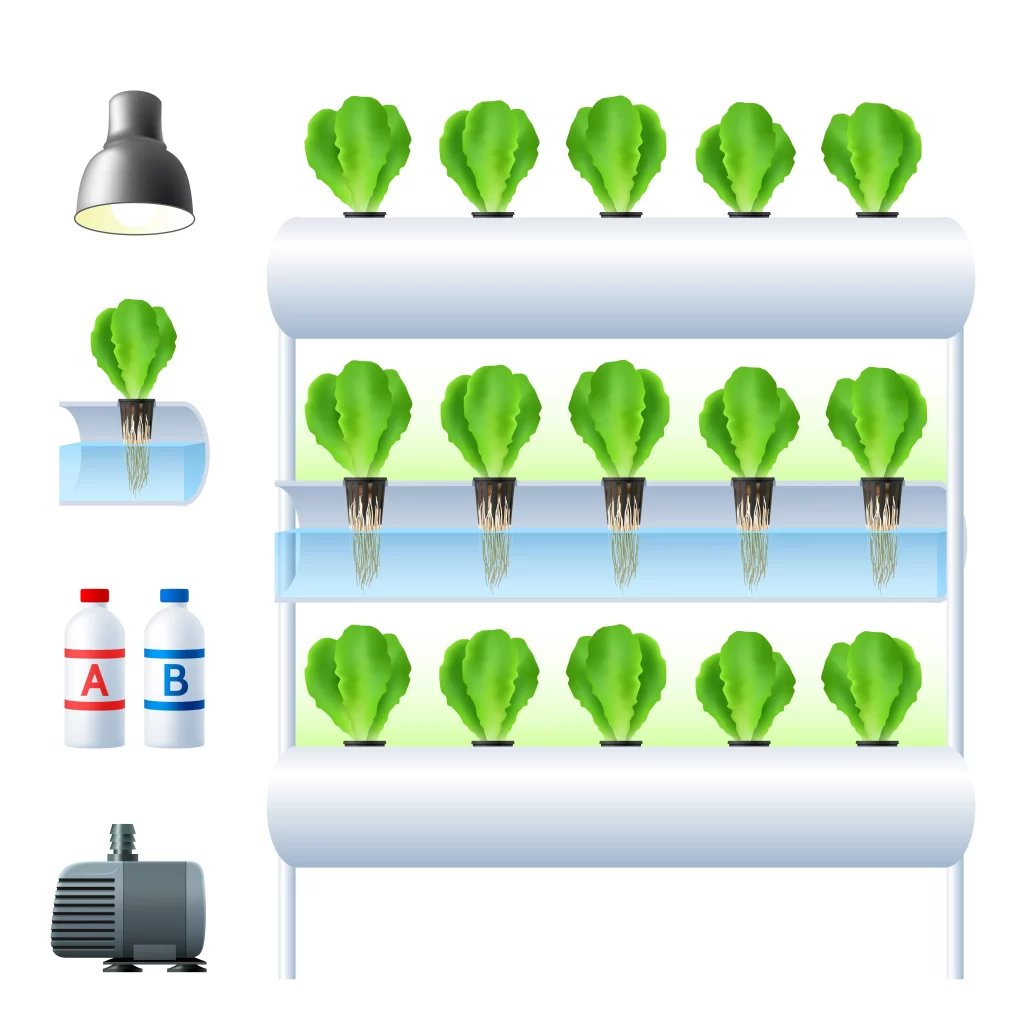
How To Use Stackable Hydroponic Containers
Using stackable hydroponic containers is relatively easy and straightforward. Here are some steps you can follow:
- Choose a location: Select a location for your stackable hydroponic containers that receives plenty of light, as most plants need at least 6-8 hours of sunlight per day. If you don’t have access to natural light, you can use grow lights to provide artificial light for your plants.
- Set up the containers: Set up the stackable hydroponic containers according to the manufacturer’s instructions. Most containers consist of a reservoir at the bottom to hold the nutrient-rich water and a planting tray with holes to hold the plants.
- Add nutrients: Add the appropriate nutrients to the water in the reservoir. The type of nutrients you use will depend on the plants you are growing, so be sure to follow the instructions carefully.
- Plant your seeds or seedlings: Plant your seeds or seedlings in the planting tray, making sure they are properly spaced and covered with the growing medium. Be sure to follow the instructions for the specific type of plant you are growing.
- Monitor and maintain: Monitor the nutrient levels and water pH regularly and adjust them as necessary. Check the plants for signs of pests or disease and address any issues promptly. Prune the plants as needed and harvest them when they are mature.
- Stack the containers: Once your plants have grown and are established, you can add additional containers to your stackable hydroponic system. Simply stack the containers on top of one another and connect them using the provided clips or brackets.
By following these steps, you can create a thriving hydroponic garden using stackable containers. With a little care and maintenance, you’ll be able to enjoy fresh, homegrown produce all year round.
Tips for success using stackable hydroponic containers
- Start with the right plants: Some plants are better suited for hydroponic growing than others. Leafy greens, herbs, and tomatoes are good choices for hydroponic growing. Choose plants that are adapted to growing in nutrient-rich water and are not too heavy or tall.
- Keep the water and nutrient levels in check: Monitor the water and nutrient levels regularly to ensure that your plants are receiving the right amount of nutrients. If the water level drops too low or the nutrient levels are off, it can affect plant growth and health.
- Use the right growing medium: The growing medium is what holds the plants in place and helps them absorb nutrients. Choose a growing medium that is appropriate for hydroponic growing, such as coconut coir or perlite.
- Provide enough light: Plants need plenty of light to grow, so make sure they are receiving enough light for their growth stage. If you don’t have access to natural light, use grow lights to provide artificial light for your plants.
- Keep the system clean: Regularly clean the reservoir and planting tray to prevent the buildup of algae or other contaminants that can affect plant growth.
- Prune and harvest regularly: Prune your plants regularly to encourage healthy growth and prevent overcrowding. Harvest your plants when they are mature to promote continued growth and productivity.
Conclusion
In conclusion, stackable hydroponic containers offer a space-saving and efficient way to grow your own fresh produce at home. With the benefits they offer, such as water-saving, higher yields, easy maintenance, pest control, and year-round growing, it’s no wonder they are becoming an increasingly popular choice for small-space gardening. By following the steps for setting up and using these containers, as well as the tips for success, you can create a successful hydroponic garden and enjoy the rewards of fresh, homegrown produce. Whether you’re a seasoned gardener or just starting out, stackable hydroponic containers provide an excellent option for growing plants in a compact and sustainable way.
Check out this Youtube Video to learn more: DIY Hydroponics Garden Tower Build | Less than $150
Also, this is a good resource to start with if you prefer reading: Hydroponics: Secrets Of Hydroponic Gardening – A Practical Guide For Beginners To Learn Everything About Hydroponic Gardening


